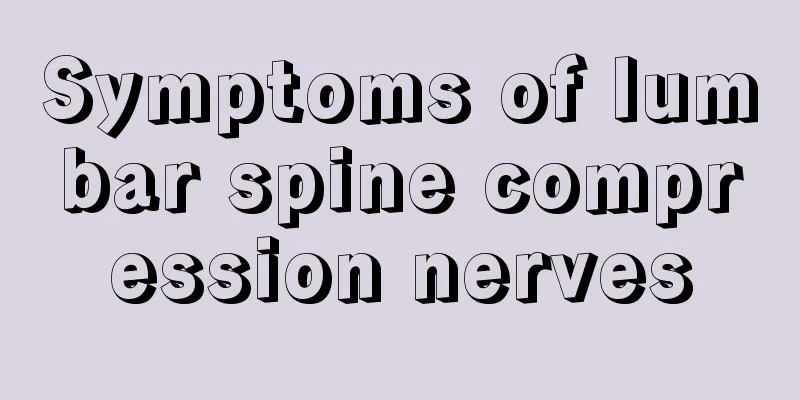What are the methods for indoor formaldehyde control

|
With the improvement of our economic level, many people want to improve their living environment, so both old and new houses have begun to be renovated. After the renovation, a large amount of formaldehyde will remain in the house. Formaldehyde is very harmful to the human body, so it must be removed. With the development of technology, there are more and more ways to remove formaldehyde. So what are the methods for indoor formaldehyde control? First, what are the methods to control indoor formaldehyde? Open windows for ventilation. Nowadays, many office buildings are very closed and the ventilation environment is not very good. Therefore, if there are conditions for ventilation, you must open the windows frequently for ventilation, so that harmful substances in the room can be effectively discharged. However, the release cycle of formaldehyde is relatively long. If the indoor formaldehyde exceeds the standard, ventilation alone cannot meet the requirements, so other methods must be used. Second, plants absorb formaldehyde. Placing more green plants in the office can not only decorate the office environment and beautify the environment, but also purify the air. Many plants can also absorb formaldehyde, such as green ivy, spider plant, aloe vera, ivy and other plants, which are all good at absorbing formaldehyde. However, the ability of plants to absorb harmful substances is extremely limited, so they can only play a supporting role. What are the methods for indoor formaldehyde control? Vinegar fumigation. Vinegar is an acidic substance and can weakly neutralize ammonia in the air, but it will not react with other harmful components such as formaldehyde. Physical adsorption. Solid activated carbon, activated carbon is a physical adsorption, very safe, harmless to the human body, small in size, and can be placed anywhere. The disadvantage is that it is easy to saturate and needs to be replaced regularly. Photocatalyst removes formaldehyde. Photocatalyst is one of the faster methods to remove formaldehyde, and it is also the most effective and safest method currently. The principle is to spray a liquid product containing nano-level titanium dioxide on the surface of indoor walls and furniture materials, and use the catalytic effect of titanium dioxide to decompose harmful substances such as formaldehyde in the air into carbon dioxide and water under light conditions. There are also many classifications, such as photocatalyst wood essential oil, leather formaldehyde removal care liquid, etc., which can be used in different places, last for a long time, and have no secondary pollution. |
<<: What is the reason for the itchy hair
>>: What age is suitable for orthodontic treatment?
Recommend
What to do if you have hemorrhoids and have bleeding? Prevention is the key
Once hemorrhoids occur, not only swelling and pai...
Can eczema heal itself after scabbing?
I believe many people are familiar with the skin ...
How to store green radish
In the harvest season of green radish, we should ...
The order of using sunscreen and isolation cream
Many girls have sunscreen and isolation cream, bo...
Is there a high chance of hepatitis C turning into liver cancer after being cured? Here are the best things to know about liver cancer
I believe everyone has a certain understanding of...
What to do if you catch a cold after taking a cold shower
If you insist on taking cold showers all year rou...
How is fat formed?
There is fat on the human body. A lot of the fat ...
Can Herceptin cure breast cancer
Breast cancer is a malignant tumor that occurs in...
How often should I wash my sheets?
Bed sheets are the items that we come into contac...
What scented tea is good for clearing lungs
Many people have the habit of drinking scented te...
Methods for identifying silver bracelets
In ancient times, it was very popular to wear sil...
Is beef a food high in purine?
In our daily diet, we recommend that you learn mo...
Onychomycosis and thickening of nail bed
Onychomycosis not only harms our body, but also a...
The three types of men women want to have most in their lives
Among boyfriends, there should be a category of b...
Principles of blood genetic laws
Many of us may look like our parents. This situat...









